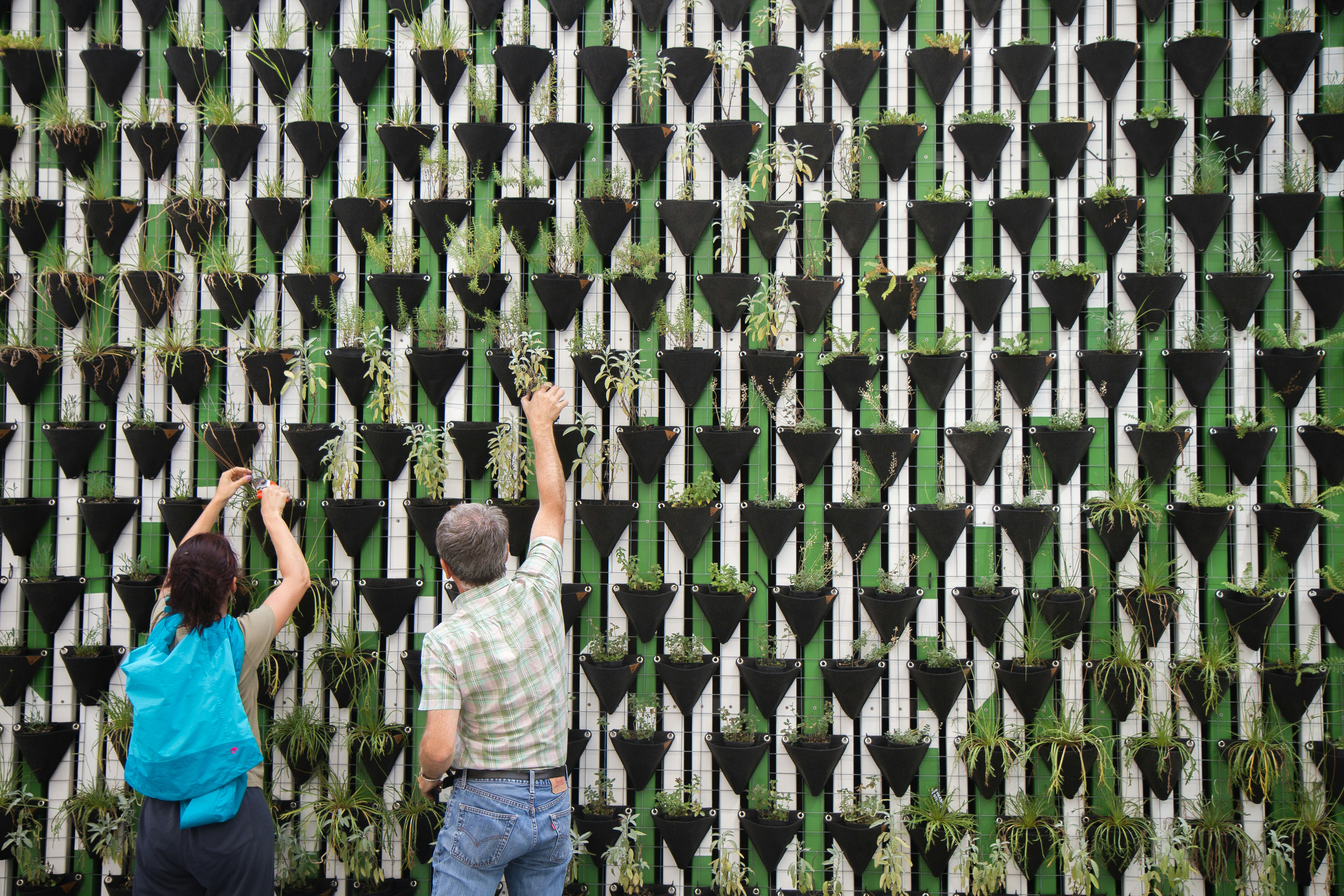"Revamping Spaces: The Appeal of Accent Walls in Modern Homes"
Introduction: Picture this: you walk into a room and your eyes are instantly drawn to a singular, vibrant wall that stands out in stark contrast to the surrounding decor. This is the power of an accent wall, a popular trend in interior design that has the ability to completely transform a room. Let's delve into the history, practicality, and market trends of this stylish home decor practice.

Historical Background and Development of Accent Walls
The concept of accent walls dates back to the late 20th century, when interior designers started experimenting with different wall colors to add depth and interest to rooms. Traditionally, they were used to highlight architectural features or important pieces of furniture. As time passed, accent walls evolved from merely supporting elements to becoming the focal point of a room. They became canvases for personal expression, showcasing bold colors, intricate patterns, or striking artwork.
The Modern Interpretation: Current Design Trends and Expert Insights
In contemporary design, accent walls have taken on new forms and functions. They are no longer confined to paint or wallpaper. Designers are now experimenting with textures, materials, and even lighting to create unique and visually captivating accent walls. For instance, wood panels, bricks, and stone are increasingly used for their natural and rustic appeal. Similarly, dynamic lighting effects have become a popular choice for creating visually stunning and mood-enhancing accent walls.
The Practicality of Accent Walls: Market Trends and Daily Life Enhancement
Accent walls are more than just a stylish addition. They are a practical design solution, especially for smaller spaces. By creating a focal point, they help to visually expand the space, making it appear larger. Moreover, they are an easy and cost-effective way to refresh a room without a complete makeover. Market trends show a growing demand for accent walls, with homeowners seeking unique and personalized ways to enhance their living spaces.
The Science Behind the Appeal: Psychological Impact of Accent Walls
Interestingly, accent walls can also have a psychological impact. Colors can evoke certain moods and emotions. For instance, warm colors like red and orange can create an energizing atmosphere, while cool colors like blue and green can evoke feelings of tranquility. By choosing the right color for an accent wall, homeowners can influence the overall ambiance of a room.
Crafting Your Own Accent Wall: Tips and Techniques
Creating an accent wall is an opportunity to experiment with creativity. Start by choosing the right wall. It can be the one behind your bed, sofa, or even the one you see first when you enter the room. Choose a color or pattern that complements the overall decor, yet stands out. Consider using textures or materials for a more tactile experience. Finally, remember that balance is key. An accent wall should enhance, not overwhelm the space.
In conclusion, accent walls are a stylish and practical design element with a rich history and a promising future. They offer endless possibilities for personal expression and have the power to transform any room into a visual masterpiece. So why not consider adding one to your home? After all, every room deserves at least one wall that makes a statement.





